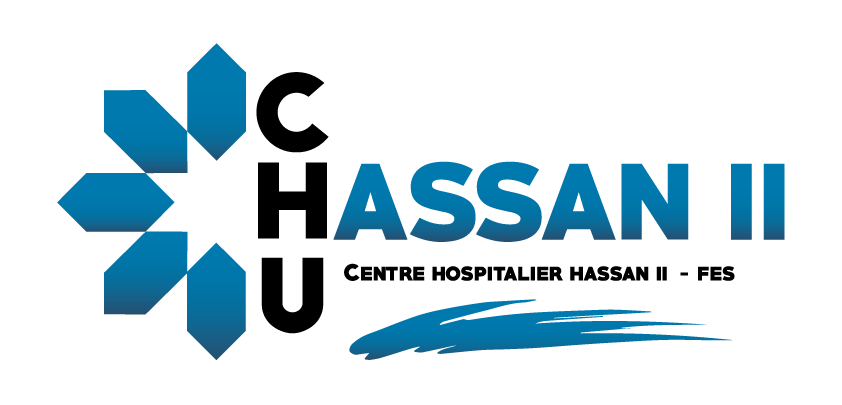Trisomy 21 or Down syndrome is a common genetic disorder occupying the forefront of the etiologies of mental retardation in our children. This is an expensive disease on several levels for both parents and the state. It can be life-threatening because it is frequently associated with congenital malformations and severe autoimmune conditions. However adequate multidisciplinary approach minimizes the consequences of this disease and its comorbidities limiting its clinical expression at minimal psychomotor retardation allowing a degree of autonomy. We report a retrospective study of 21 cases of trisomy 21 who were hospitalized in the neonatal unit and neonatal resuscitation CHU HASSAN II-FES for a period of two years from 1 January 2011 to 31 December 2012. The aim of this work is to specify the clinical characteristics of our patients and to assess their care and the factors that influence it, while comparing our results with those of the literature, so we can deduce a codified support adapted to the needs of these children. The majority of children came from families of low socioeconomic level. 76.1% of mothers were housewives, and age exceeded 35 years in 76% of cases. No cases of trisomy 21 were detected prenatally although 71.5% of pregnancies had received medical attention. The age of the infants at admission ranged from 2 hours to 24 days. The most common reason for hospitalization was neonatal jaundice with a percentage of 33.3%, followed by respiratory distress in 23.8% of cases. This disease affects both girls and boys with a sex ratio of (1.1). At birth, 33.4% of newborns were small for gestational age, 76.2% of them had a small size. 46.6% of infants who received a heart echo had congenital heart disease. 23.8% of cases had pulmonary hypertension, 9.5% had pulmonary disease outbreaks, hypothyroidism was present in 52% of cases. 71.4% had ocular abnormalities. 28.6% of cases died during the initial hospitalization, 14.2% are subsequently died. The most frequent reasons for subsequent consultations were delayed and abnormalities of tooth eruption, constipation, eye and orthopedic abnormalities and gastroesophageal reflux. The failure to thrive and psychomotor delays were constant in all cases followed. Our results were similar to those in the literature except for a few things to know: Lack of prenatal diqgnosis can be explained by the lack of specialized staff in this regard. The slightly higher mortality rates among us who can be explained in addition to the combination of lethal malformations and severe infections support delay and difficulty of access to care for some patients. Trisomy 21 common and serious genetic condition to be detected prenatally, always present a significant threat to the vital and functional prognosis of our children. Therefore much effort must be invested to improve the multidisciplinary management of these 21 children with Down syndrome from conception to the age of adolescence. Certainly this is a difficult and expensive task but needs to be considered
| Référence | 899 |
| Année | 2015 |
| Type | Thèse |
| Lien document | |
| Auteur | Gaizi M |
| Discipline | Néo-natologie et Réanimation néo-natale |
| Encadrant | Bouharrou A |

